The Hidden Power of Color: How Game Interfaces Manipulate Your Emotions Without You Noticing
Walk into any arcade or browse through digital storefronts, and you'll be assaulted by a riot of colors. But what appears as mere aesthetic choices are actually carefully calibrated psychological triggers. Game developers have mastered the art of chromatic manipulation, using interface palettes to secretly govern your emotional state throughout gameplay. This isn't accidental - it's a science refined through decades of player testing and neurological research.
The moment your eyes register a game's color scheme, your limbic system begins responding. Warm hues like crimson and gold don't just signify danger or wealth within game narratives; they trigger measurable physiological reactions. Your pulse quickens when navigating blood-red health bars, not because of the numbers displayed, but because the color itself activates primal survival instincts. Cool blues in puzzle games don't merely suggest tranquility - they chemically suppress cortisol production, allowing players to maintain focus during complex problem-solving sequences.
Modern game designers employ color the way film directors use musical scores. The transition from the oppressive grays of a dystopian cityscape to sudden bursts of neon during combat sequences isn't just world-building - it's a deliberate emotional rollercoaster. These chromatic shifts manipulate dopamine release patterns, creating addiction loops more powerful than any loot box mechanic. Players describe feeling "pulled in" by certain games without understanding why, unaware that the interface's evolving color profile is neurologically overriding their rational disengagement signals.
Free-to-play titles demonstrate particularly insidious applications of color psychology. The vibrant purples and golds used in reward notifications don't just denote rarity - they stimulate the same pleasure centers activated by slot machine lights. Casual games targeting female demographics heavily feature teal and coral combinations, colors shown in clinical studies to reduce stress hormone production by up to 17%. This creates physiological dependency, making these games the digital equivalent of Xanax for many players.
Even the absence of color serves as a manipulation tool. Many survival horrors use monochromatic interfaces not just for stylistic cohesion, but because the lack of chromatic variation keeps players in a perpetual state of unease. Research shows the human brain interprets grayscale environments as fundamentally "wrong," triggering low-level anxiety that primes players for jump scares. The sudden introduction of a single bold color (often red) then creates disproportionate emotional impact - a trick borrowed from Schindler's List's famous red coat sequence.
Competitive esports take color psychology into the realm of performance enhancement. Teams carefully select jersey colors not for branding, but for their psychological impact on opponents. Data from major tournaments reveals players facing red-clad opponents experience 12% higher error rates in precision-based games. The effect is so pronounced that some leagues have implemented color-blind modes not for accessibility, but to neutralize these psychological advantages.
Mobile game menus frequently employ orange call-to-action buttons not because they're aesthetically pleasing, but because orange light wavelengths have been shown to suppress melatonin production. This explains why players find themselves playing well past bedtime - their brains are being tricked into maintaining daytime alertness. The candy-colored aesthetics of match-3 games aren't childish design choices; they're carefully calibrated chromatic cocktails that overstimulate the visual cortex, creating a hypnotic effect that masks the passage of time.
Some developers are pushing boundaries with dynamic interface coloring that adapts to player biometrics. Early tests show interfaces shifting from blue to subtle red tones as player heart rates decrease can re-engage wandering attention. Other experiments involve using eye-tracking to identify which UI elements receive the most focus, then gradually intensifying those colors to create artificial "hot spots" that guide player behavior without explicit instructions.
The ethical implications loom large. While film and literature manipulate emotions through conscious storytelling, games bypass cognitive filters through direct neurological stimulation via color. There's no rating system warning players about chromatic manipulation, no settings to disable these effects. As VR and AR technologies mature, the potential for immersive color-based emotional engineering grows exponentially - turning every shadow, glow, and hue into a carefully calculated emotional trigger.
Next time you find yourself inexplicably drawn to a game or feeling unusually tense during gameplay, look beyond the narrative and mechanics. The truth might literally be staring you in the face - painted across every menu, health bar, and notification in carefully selected shades designed to hijack your emotions before you even realize what's happening.

By /Jul 3, 2025
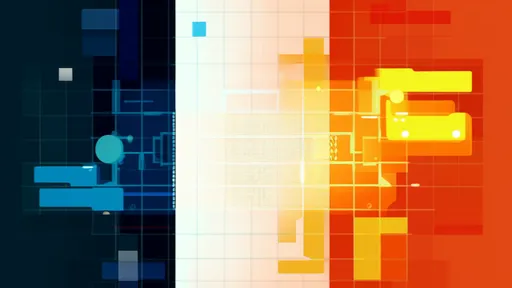
By /Jul 3, 2025

By /Jul 3, 2025

By /Jul 3, 2025

By /Jul 3, 2025
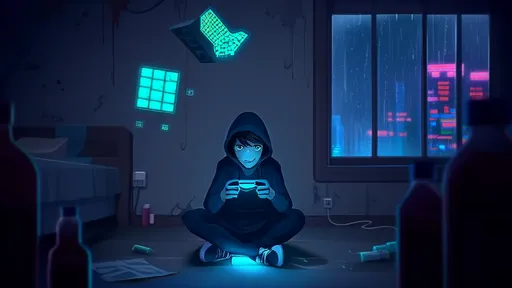
By /Jul 3, 2025

By /Jul 3, 2025
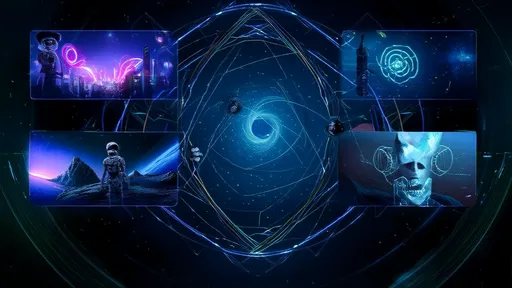
By /Jul 3, 2025

By /Jul 3, 2025
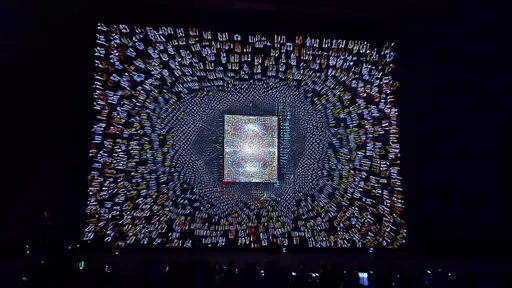
By /Jul 3, 2025
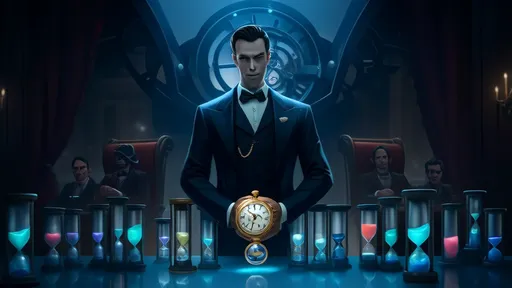
By /Jul 3, 2025

By /Jul 3, 2025

By /Jul 3, 2025
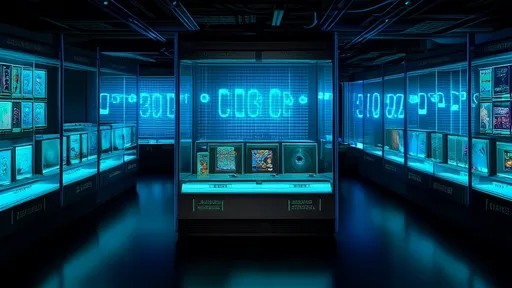
By /Jul 3, 2025

By /Jul 3, 2025
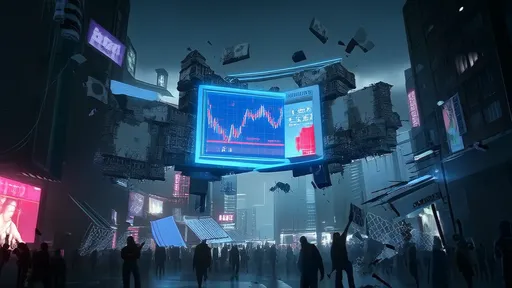
By /Jul 3, 2025
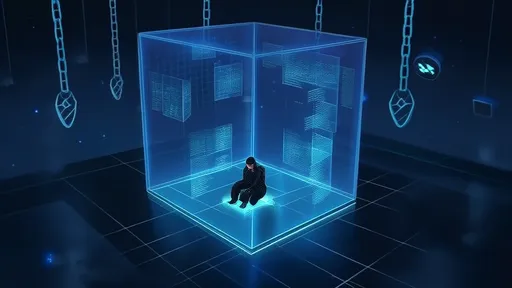
By /Jul 3, 2025
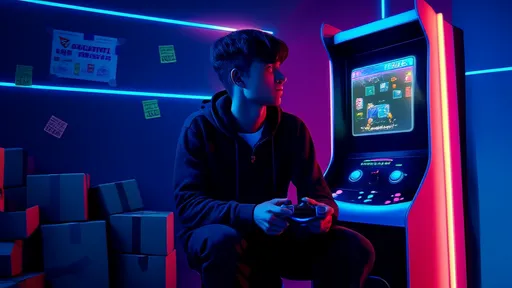
By /Jul 3, 2025